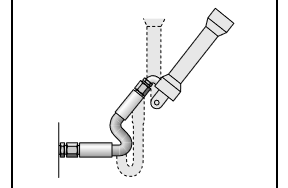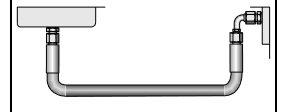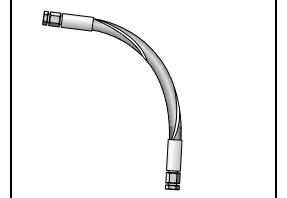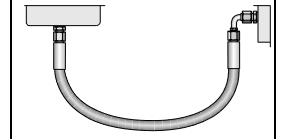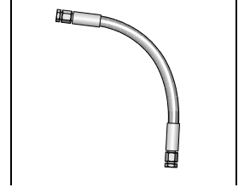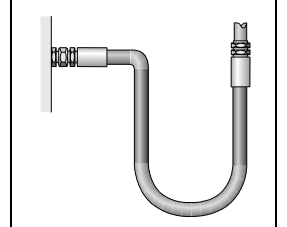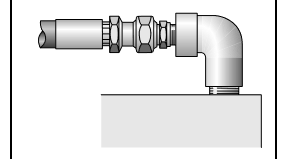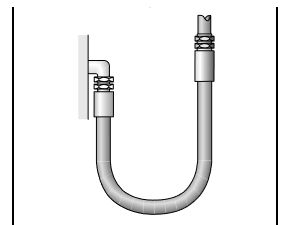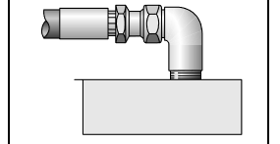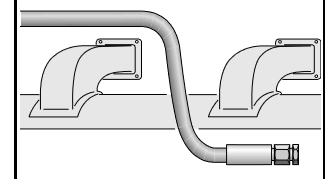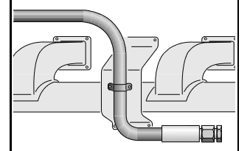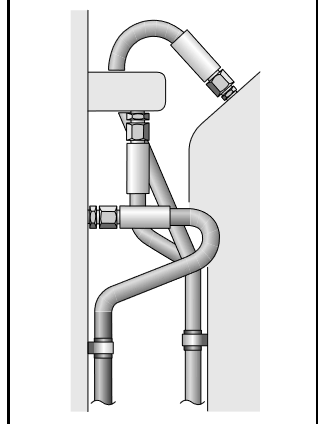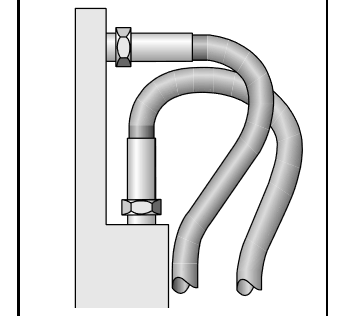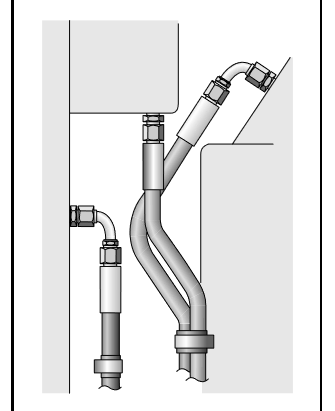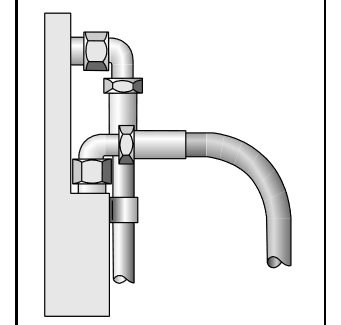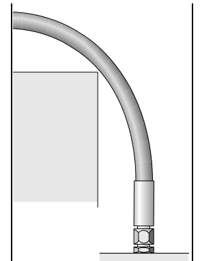Hose Assembly Routing & Installation Tips
Hose assemblies must be installed and routed correctly to extend service life, avoid damage and ensure a safe work environment. Improper installation can result in abrasion, overheating, pressure bursts and more. See the table below for examples of correct (and incorrect) hose installation and routing procedures.
|
|
 |
Problem/Solution |
|
|
|
During installation, the hose must be allowed enough slack to account for length changes that may occur under pressure. Hose that is too short may pull loose from its fittings or stress its connections, which may cause premature seal failure.
|
|
|
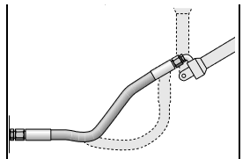 |
System components must be able to move without creating tension in the hose. Give the hose assembly enough slack to allow components to move or vibrate. (However, do not give the hose too much slack, as this may increase the risk of rubbing against or snagging on other equipment components.)
|
|
|
|
Avoid straining the hose by ensuring that you do not bend it below its minimum bend radius or twist it during installation. Minimum bend radius for each hose can be found in a table on the hose series' product page. |
|
|
|
Selecting the correct hose fitting plays an important role in the hose installation process. Incorrect fittings can create strain, unnecessary hose length, or multiple threaded joints. |
|
|
|
Hose clamps should be used to securely route the hose and avoid surfaces that could cause damage. When using clamps, hose should not be restricted from changing length under pressure - it must be allowed to keep its functionality as a "flexible pipe." |
|
|
|
Practicality of installation should be considered during the process of hose assembly routing. Routing should be designed to allow access for maintenance in the future.
Hose should not be bent in more than one plane. If a hose follows a compound bend, it should be coupled into separate segments that each flex only in one plane.
|
|
|
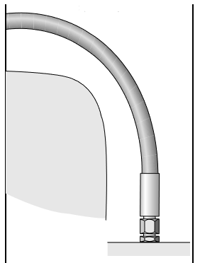 |
Hose should not be exposed to abrasive surfaces or edges that will cause wearing or damage to the outer cover. If this cannot be avoided in a given application, a hose with a more abrasion resistant cover should be selected, or a protective sleeve should be used. Parker ToughCover (TC) and SuperTough (ST) covers offer 80 times and 450 times the abrasion resistance of standard rubber covers, respectively. |




